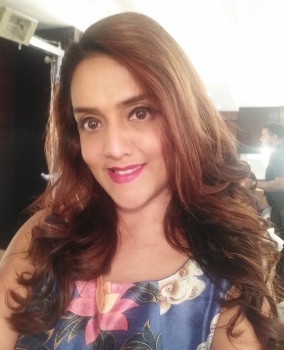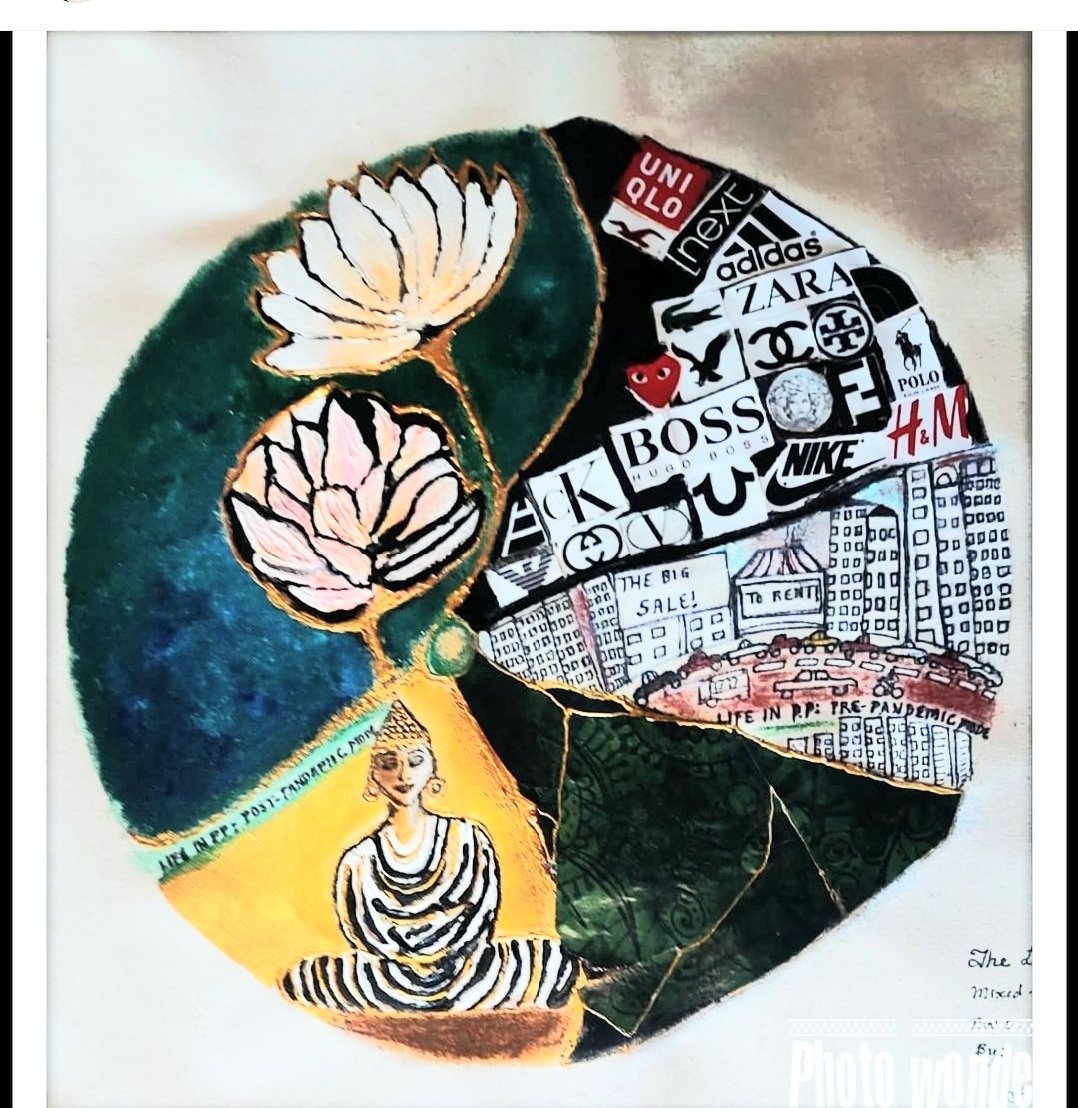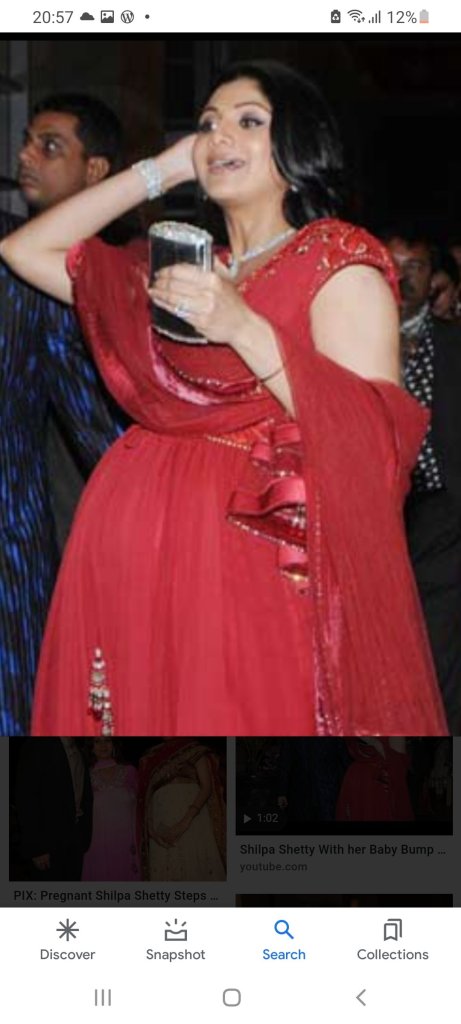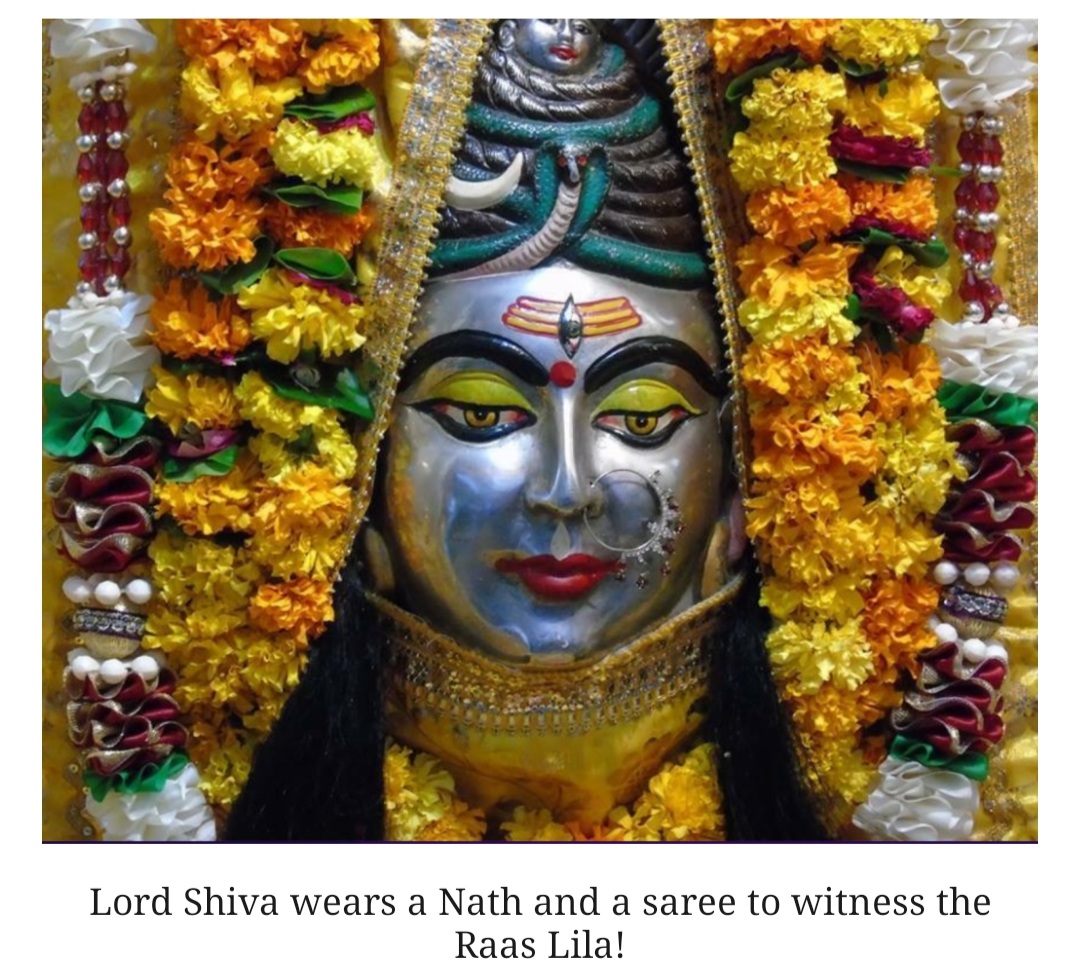
‘The dream is the liberation of the spirit from the pressure of external nature; a detachment of the soul from the fetters of matter.’ – Sigmund Freud
Now for centuries, the dreaming process has fascinated people.

How many times has one sensed that the time we spend sleeping, dreaming, is addressing our ‘waking’ time in a myriad ways that we have just never figured out? If the average night’s sleep is eight hours (one third of a day), one sleeps for one third of one’s life! If you live, say, 75 years, that’s 25 years asleep, or 9,125 days. Within those sleeping hours, we sit in the movie theatre of our subconscious mind. We live, as we dream… alone.
Entire schools of psychology like Freudianism, (a legacy of Sigmund Freud), emerged from his therapy sessions with clients, where he traced many issues like hysteria, neurosis, paralysis – to repressed memories and impulses, which often surfaced in dreams. Expressing these often led to ‘breakthroughs’ – a chance to be ‘free’ of psychosomatic pains and neuroses which was the body’s way of dealing with unprocessed impulses, desires, feelings.
Another famous psychotherapist, Carl Jung, believed that the human race had a ‘collective’ dream, rich with ‘archetypes’. He identified four main archetypes—the Persona, the Shadow, the Anima or Animus and the Self. To him, these lived as shared ancestral memories which also persist in our dreams, art, literature and religion. While you don’t have concrete scientific disciplines teaching courses in Dream Analysis, (which makes Nuzhat’s choice to be a Dream Coach even more brave), you do have clear movements in the arts, literature and cinema reflecting this fascination with dreams – Surrealism in literature, with authors like Salman Rushdie, Gabriel Garcia Marquez; Surrealism in art in the 1920s with Salvador Dali as its brightest exponent, and film directors also of the 20s who played with surrealist projections, like Louis Bunuel, Dali, David Lynch, Man Ray and Kunto Kato, among many others.

The Surrealist Movement liberated the Spanish performer, artist, film-maker Salvador Dali from ‘logical’ imagery, and the work above ranks among the 15 most renowned works by him
Now how much importance have you, dear reader, placed on your dreams?
MEETING NUZHAT JAHAN….A DREAM COACH!
Despite having a major in Literature and Psychology for my BA degree, I had been quite out of touch with the shamanic power of dreams, until I happened to meet the graceful Nuzhat Jahan at a tea-tasting. There was something Shazam-like about her belief in what the slippery world of dreams could do for you. I mean, this young lady had walked away from a highly pragmatic practice of 13 years as a corporate lawyer, to segue into a full-time practice as a Dream Coach!


Nuzhat has the confidence of a woman of global exposure, having grown up in the magical Fiji Islands (filled with the wonders of nature) and gone to high school and college in Auckland New Zealand, and then worked in London and Dubai. But Dreams as a vocation? C’mon, I can hear her pragmatic parents say, ‘This is an arena where you cannot even boast of blue-chip certification, to draw your initial clientele in!’
However, she felt guided because, “About a decade ago, I started having dreams of revelations. I had this deep desire to understand the dream phenomena. The dream dictionary approach or googling dreams only touches the surface level. When people start tapping into the Dreamspace, their dreams become lucid and can be revelations of something that’s going to happen, either just around the corner or in future. My first book, Lahara, We Are One, is written based on the premise, ‘We all dream, therefore we are One!’
She started having a deep belief in how Dreams, if listened to, remembered, processed, were powerful tools of transformation, healing and guidance. In fact, she shared a fascinating story about how a dream guided her to Mumbai!
“I dreamt of a Sadhu sitting on a cot in a hut, and I was in that hut too. Now in my waking life, I am a Muslim with no daily connection with Sadhus or temples or Hindu tenets in anyway! I saw him pointing to the door as if to say, you need to step out into India. I took this dream as a very strong message that India is going to be an important part of my journey going forward,” she shared. “And here I am, in Mumbai!”
We had just finished experiencing a workshop on Dreaming, at culture and fashion doyenne Sangita Kathiwada’s the Kathiwada City House. As she opened the session, Nuzhat touched upon the many ‘functions’ served by dreams, how they represent a vast landscape of possibilities which often defy or challenge definition.
As the workshop unravelled, participants shared fascinating tales of recurring dreams at certain phases of their lives. Yours truly shared how a ‘haunted’ hotel room gave me amputation nightmares and when I woke up, all the lights in the room were going off and on in a furious, disruptive way – showing me how negative energies or disembodied souls can also play havoc with your subconscious mind. Sangita Kathiwada confessed she travelled with a salt lamp and rock salt, to diffuse negativity in any hotel room. While many had trouble recollecting their dreams, Nuzhat shared how it would be wise to sow the intention of getting guided through a dream, and dream journaling so you ‘remember’ the narratives and what they may mean to you. “I have even had guidance on whether dating a particular person is right or wrong for me!” she laughed, narrating that dream.
REACHING OUT INTO THE ACADEMIC ‘GAP’ WHERE DREAMS GO
So sacred is sleep and dreaming to the mind-body system, that I even recall a pious Parsee lady in my building saying it is a ‘sin’ to rudely awaken a dreaming, sleeping person. Some people don’t put mirrors around their beds because they feel during astral travel, a soul arising from its host body may be ‘shocked’ at seeing its own soul reflection! Yet, there are other mundane-sounding theories that dreams are basically old ‘files’ being deleted to clear brain storage space for new data.
But since the surrealist waves of the 1920s and 30s, which followed the work of dream-merchants like Freud and Dali, there does seem to be a gap, that the world of science and coaching has so little to offer by way of ‘dream’ studies and data around how dreams interact with our waking lives.
“Yes, there is this institute in Canada that does teach about dream archetypes and what they mean. I am sure there are many small schools like that, but no mainstream holistic course on Dream Interpretation. It’s possibly because it’s open to a subjective understanding of dream narratives. I may have looked up a host of dream symbols, but it doesn’t make me the expert dream interpreter. However, tapping into intuition, looking into a person’s life context, I can guide someone on how to analyse and understand the messages of their own dreams and what it could mean to them.”
Keeping her lawyer cap on, Nuzhat has researched dreams through different filters – psychological, cultural perspectives, religious perspectives. “By doing that, looking at religious perspectives, I noticed we are actually One. That all religions have decoded dreams through the ages as well. Remember how the famous French writer and philosopher Rene Descartes said, “I think, therefore I am.” Dreaming is universal and archetypal.
A CLEAR CATEGORIZATION OF DREAMS
“A person’s identity and belief system have an impact on the dream symbolisms, and the narrative that’s played out by one’s psyche. Firstly, dreams can be categorized as dreams from the Self. That is what we desire and want, can surface up. These dreams are as important as it can tell a lot about the self. Understanding ourselves better is a key ingredient to then tapping into our dreams to help us navigate our lives better. The Second type of dreams are scary, such as nightmares or sleep paralysis. These dreams can sometimes surface when one is going through a stressful period or a transition. However, traumatic dreams such as these can be harmful if they continue for periods of time. Leaving one feeling negative or fatigued. The third type of dreams are revelations or premonitions. This is time travelling into the future. Dreams of revelations are things you see as is, and they are manifested in real life very soon, such as dreaming of a person and then meeting that person. Dreams of premonitions are more symbolic in nature and require decoding. These dreams take longer to be manifested in reality. The Fourth type of dreams are a special category. Which is astral travel into space, outer body experiences, or time travelling into a past life. I don’t openly discuss these dreams, because they are very spiritual in nature. Unless someone has experienced it, then we discuss its understanding in private. The fifth type of dream can help everyday people with better work productivity and inspiration. Becoming intentional about dreams, such as speaking about dreams and keeping a dream journal can help in better remembering of dreams. The inspiration or ideas of how to solve a life’s problem could be shown in a dream. Or one can induce lucid dreaming to tap into their creative project to see things from a bird eye’s perspective to come up with better ideas,” she shares.
NINE GREAT INVENTIONS BORN IN DREAMS!
For those of us who have long underestimated the power of dreams, and sit staring at the idiot box cutting back on sleep, here are some true life stories of game-changing inventions that took birth in people’s subconscious inner movies!
1. GOOGLE As a student, Larry Page had an irrational fear that he’d been accepted into Stamford University by mistake – which trigged an anxiety dream. He imagined that he could download the entire web onto some old computers lying around, so he got up in the middle of the night to do some maths. When he realised it was plausible, he took two years out of studying to create what became Google. Imagine how different your daily life, indeed the modern world, would be if he hadn’t had that dream.
2. THE SEWING MACHINE A violent muder nightmare led to the humble sewing machine. In 1845, Elias Howe dreamt that he’d been captured by cannibals who gave him an ultimatum – he had to invent a sewing machine within 24 hours or suffer a painful death. He failed, so they stabbed him to repeatedly with spears that had a hole in the tip. Howe realised that he had to put an eye in the needle to create the lock-stiche sewing machine he’d always struggled to invent.
3. DNA Until Dr James Watson saw a spiral staircase in a dream in 1953, no one had developed the idea of a double helix spiral structure for our DNA. In fact, thanks to sleeping that fateful night, Watson went on to win the Nobel Prize in Physiology or Medicine in 1962.
4. EINSTEIN’S THEORY OF RELATIVITY One of history’s most famous physicists, Albert Einstien dreamt that he was walking through a farm where he found a herd of cows huddled up against an electric fence. When the farmer suddenly switched the electric fence on, he saw the cows jump back at the same time – although the farmer saw them jump one by one in a Mexican wave. That’s what inspired Einstein’s Theory of Relativity – that events look different depending on where you’re standing, because of the time it takes the light to reach your eyes.
5. FRANKENSTEIN In the summer of 1816, teenager Mary Shelly visited the poet Lord Byron in Geneva. One night, she had a nightmare of a ‘hideous phantasm of a man, stretched out, and then, on working of some powerful machine, show signs of life and stir with an uneasy, half vital motion’. The next morning, she began writing the story you know as Frankenstien – the world’s first sci-fi novel. Thanks to that dream, she became one of the most famous gothic writers of all time.
6. THE PERIODIC TABLE Pioneering chemist Dimitry Mendeleev spent 10 years trying to create a pattern that connected the chemical elements together. One Februrary night, just as he was on the verge of a major breakthrough, he fell asleep and dreamt up the idea he’d been searching for. Writing in his diary, Mendeleev said, “I saw in a dream a table where all the elements fell into place as required. Awakening, I immediately wrote it down on a piece of paper.”
7. THE STRUCTURE OF THE ATOM In a dream, Niels Boher saw the nucleus of the atom with electrons spinning around it – like planets going around the sun. He had a gut feeling that it was accurate, so dedicate his research to proving his theory. Low and behold, he was spot on and won the Nobel Prize for Physics for his breakthrough.
8. SALVADOR DALI’S PERSISTANCE OF MEMORY The surrealist master Salvador Dali described his paintings as ‘hand-painted dream photographs’, including his most famous piece ‘Persistence of Memory’ full of melted clocks. It’s one thing to invent whole world’s in your sleep, but quite another to capture them on the canvas.
9. THE TERMINATOR Yes, one of the most successful films in history was inspired by a fever dream. Director James Cameron imagined an explosion, and coming out of it was a robot cut in half, clutching kitchen knives and crawling towards him. He sketched ‘The Terminator’ down when he woke up, and ultimately, actor Arnold Schwarzenegger made the character his own. Think this all sounds a little far-fetched? Remember, dreams organise and consolidate ideas, images, memories and bits of information that you gather up when you’re awake throughout the day. Letting your mind wander during sleep can lead to greater creativity.
(Source: https://www.bedguru.co.uk/9-inventions-inspired-by-dreams)
MENTAL HEALTH INTERVENTIONS WITH DREAM INTERPRETATION
Given the Pandemic pushed a lot of people out of their comfort zones – tearing them away from many aspects of their lifestyles that they had never questioned, a quiet, often undetected mental stress peaked, when they saw how unfulfilled they really were. How did working with dreams help such individuals? Says Nuzhat, “Well I had a client – a young sportsperson, who was really good looking, in his 30s. He earned well, had a celebrity status, was always dating supermodels. he truly had it all. Yet he felt very unfulfilled, he was going from one girlfriend to another, and feeling down and depressed. He felt a lack of purpose and direction. So I asked him about his dreams, and we found he was having very superficial dreams… like “the next best things, the next best car, supermodel.” So I asked him, what do you feel these dreams have to say about yourself and your life? And he said, ‘it seems like these are the things I am desiring.” So we found that even having all this, would have left him feeling empty. So I told him this was “destination chasing,” and such goals would only grow the pursuit of more and more. So soon after, he met someone through work, but she wasn’t the typical trophy girlfriend. She was a nice, real person and he decided to commit to a real relationship with her. And over time, his materialistic dreams changed… because his relationship was giving him interpersonal joy in simple things like cooking together, sharing experiences,” she shares.
“The subconscious is very clever; it has a beautiful way of communicating with us. If you are not listening in to your dreams, you are possibly missing out on stories with layers of messages for you…” shares Nuzhat Jahan
DREAMS CAN UNLOCK SITUATIONS AND EMPOWER US WITH PRESCIENCE
Although confidentiality for her high profile clientele is a key tenet, there are some stories Nuzhat is willing to share, where decoding a dream created a landmark difference in clients’ emotional life and even financial life.
“There was this lady from Turkey, who reached out to me – she had read my book, and she was like “Please interpret my dream.” Her mother had appeared in her dream – she had passed away, and the dream was taking place in a mosque and she got pricked by a needle, and then there was blood. The mother then gave her two guavas. That was her dream, and she was keen for an interpretation. So I asked, is your mother alive or dead, and she said, “dead”. I asked do you have any children, she had ‘one child’. So then I asked, “did you suffer a miscarriage?” And she said, “Yes, I have been grieving that, and afterwards I had this dream!” So I said, “Then rest assured, have comfort that you will have another child, you will have two children. Those two guavas you saw represent two children. This was my intuition. Years later she was like “thank you so much for comforting me, and I do have two kids.”
She also recalls another case, where “A friend’s father had a dream where he saw himself digging around their office space, and then seeing snakes and then seeing a treasure box. So I sort of said, “there is untapped potential in the family business and there are some barriers and some blocks that need to be removed before you can tap into it.” And later on, they discovered there were some issues with their financial spreadsheets, where someone on the inside was stealing money and trying to keep them away from their untapped potential. So it was, when they located and removed those snakes, that the family business rose to even greater heights. And it was a recurring dream. Had they not tried to understand the dream, they would have not have such positive, business-transforming outcomes!”
It’s time to switch off that late night Netflix binge-watching and tune into the ‘inner content’ that can change the course of your journey for the better!
Remember those famous words by Langston Hughes:
“Hold fast to dreams,
For if dreams die
Life is a broken-winged bird,
That cannot fly.”









































































